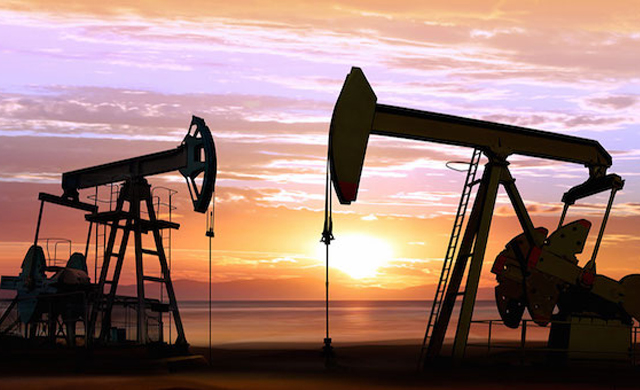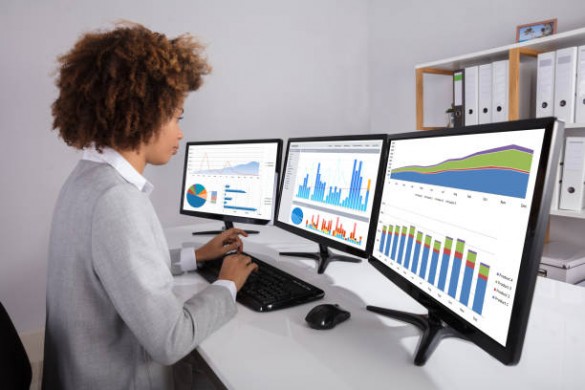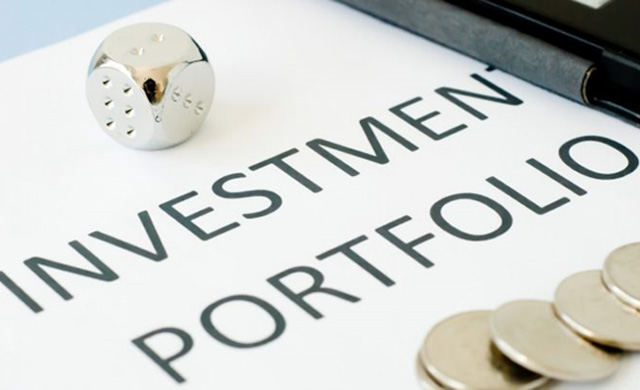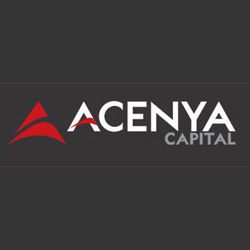Laura Ho, Staff Writer, from the leading investment magazine in Taiwan is preparing an article(s) to coincide with the launch of my Warren Buffett book in Taiwan, HK and Singapore (in Chinese). I’ve already done an interview but she asked supplementary questions. You might find something useful in my answers so I’ve cut and pasted them below.

Hi, Glen:
Sorry to bother you again. I found out that I have a few more questions I need to ask before I can start writing my stories. Please see below. I would greatly appreciate if you could answer me via email.
- Do you think the Net Current Asset Value approach is suitable for ordinary investors like me or my readers in Taiwan? If they want to use this approach, what do you think that they should be cautious about when using this tool? It’ll work in any country. It does take some time (say 10-20 hours) to first identify a company, conduct research and to think through the business model, the quality of the managers, the financial stability. But if you are genuinely interested in businesses with some knowledge of accounting, business strategy, finance and business economics (not necessarily formal qualifications – just an interest developed over the years) then I think you can identify companies with reasonably good probabilities of success. You can buy a small stake and then continue to follow the company, deepening your knowledge month by month, e.g. attend the shareholders meetings, read about the industry and competitors, talk to customers, suppliers, competitors etc. Perhaps then you can add to your holding if your conviction grows that it is still undervalued given its prospects.
- Do you think that your Buffett approach is a more advanced version for ordinary investors to learn because it involves evaluation of economic franchise? Economic franchises are all around us in everyday life – get used to seeing them. For example, Coca Cola has a hold over people through its brand and distribution tie-ups. A local bus company has a monopoly. L’Oreal has a trusted brand, Disney has loveable unique characters that appeal to generation after generation, Apple smartphone, etc. etc. A Taiwanese company might be the world’s biggest producer of metal widgets with a high reputation built up over many years, it can thus charge a premium price and benefit from economies of scale, or might be a leader in cosmetics with a large following, etc. etc.
- When you invest in BHP Billiton, did you also compare its net current asset value with market cap? If not, why not? NCAV is pretty meaningless when it comes to natural resource companies. Its assets are rocks in the ground or in big piles of rocks above ground, the value of which change day by day based the world price for the commodity – so one month the rocks are worth $20bn, another $30bn, and so on. No, the way to evaluate BHP is by looking at its income flow over time – its average earnings over ten years. Also, look at the downside, i.e. if the world price of iron ore halved could BHP still dig it out tranport it to China and still make a profit? It turns out that BHP has an economic franchise as the lowest cost large producer of iron ore therefore it is both protected on the downside (many competitors will go bust – lowering world supply – before BHP is dangerous harmed if the price of its product falls) and in a good position if the price of iron ore (or copper or nickel) rises (which it has over the three years I’ve held the shares)
- You mentioned that when you research Caledonian Trust, you calculate its property as a current asset because for property developers, property is more as a trade. But weren’t you worried that selling property might be difficult (there’s less liquidity) to sell in times of economic distress? Why do you have the confidence to view property as current asset? When I bought its shares in 2013 I was concerned that the Scottish property market would not recover and therefore the managers of Caledonian would not bring forward building plans on all the plots they had planning permission for. However, in investing you have to weigh up the probabilities. I thought there was a fairly high probability that general UK property prices would rise. Besides which, the downside was protected because I bought when the market capitalisation was less than half my valuation of all their plots, when valued conservatively at the depressed prices of 2013. I think of all Caledonian Trust’s plots as current assets because I know the managers view them as tradable, i.e. they would sell them as plots with planning permission tomorrow if someone offered to buy them at a good prices (or develop them i.e. build houses, etc, and then sell the individual properties). The accounting concept of non-current assets is designed for manufacturers with factories etc., rather than property developers (despite the rules forcing property developers to classify some property assets as non-current)
- You also mentioned the example of Havelock Europa. Would you please share with me in more detail how you found that the management was not good? How did you find that they didn’t know how to motivate employees and didn’t work with employees at the front-line (for example, did you when to any employee social network or something)? I used scuttlebutt – I found out what the employees were thinking about the quality of the managers. I was greatly assisted in this by the number of employees and ex-employees who offered opinions on the managers on investment websites such ……………………To read the rest of this article, and more like it, subscribe to my premium newsletter Deep Value Shares – click here http://newsletters.advfn.com/deepvalueshares/subscribe-1

 Hot Features
Hot Features













